- Joined
- Nov 26, 2005
- Messages
- 5,055
- Reaction score
- 10,150
Thanks,
Those are very kind words and I appreciate the appreciation.
dave
Those are very kind words and I appreciate the appreciation.
dave

Loyalist Dave said:But what about..., historically inspired...,??? As long as the builder/user doesn't try to pass it off as anything other than a "long rifle"
LD
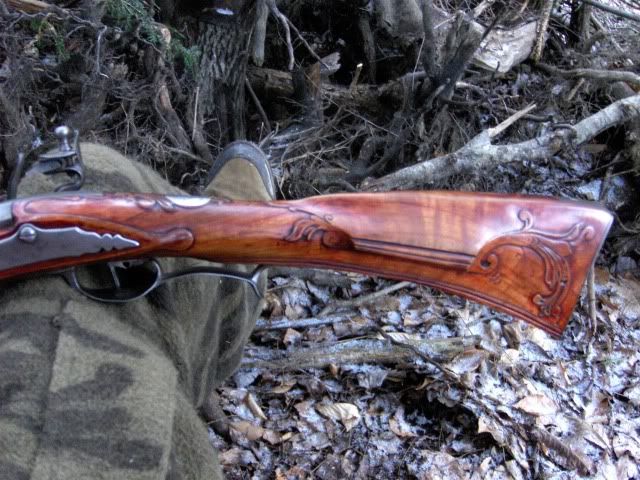
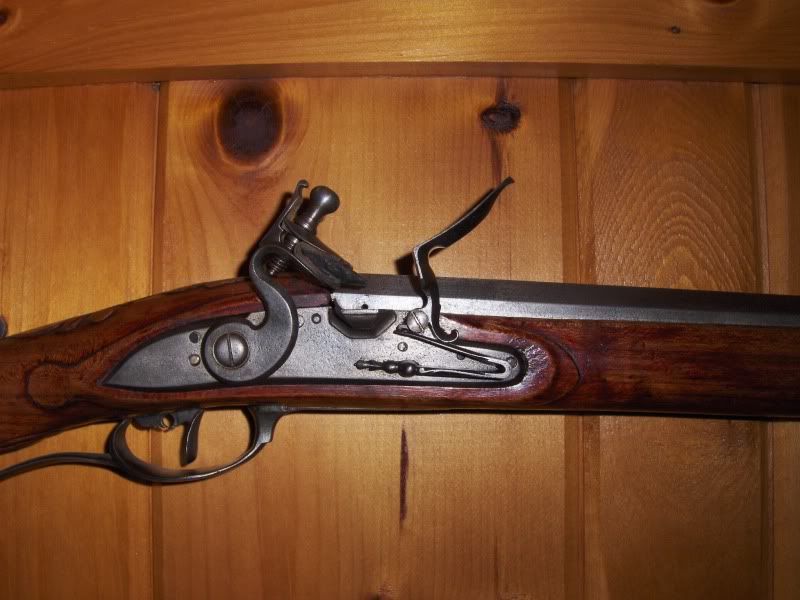
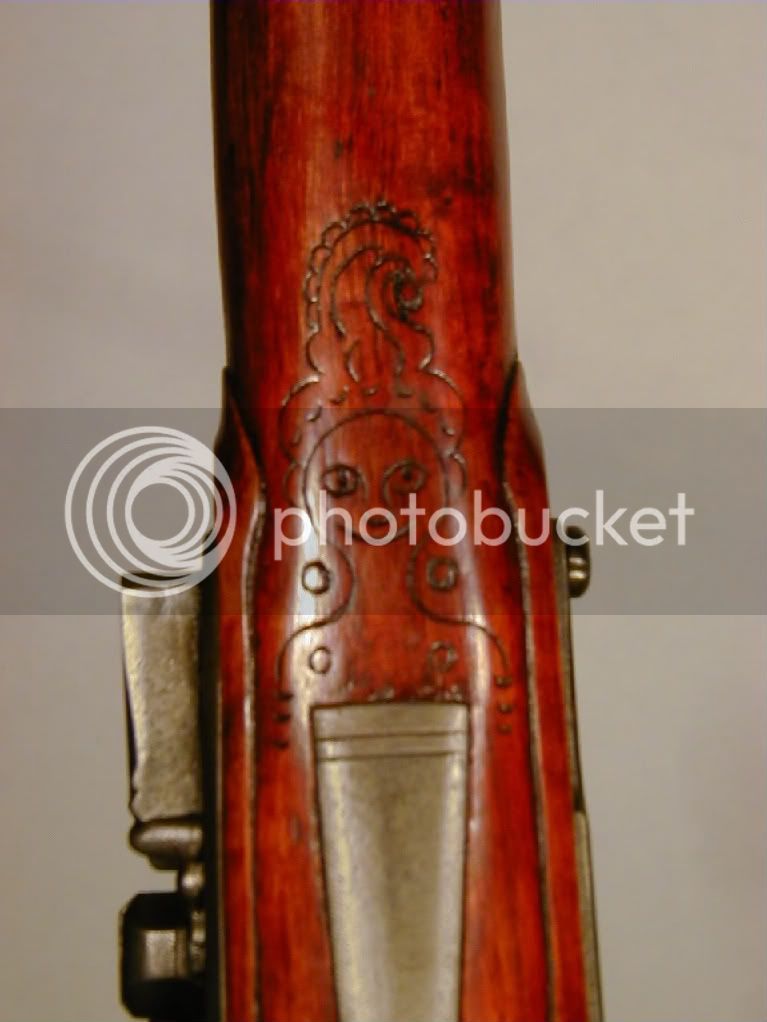
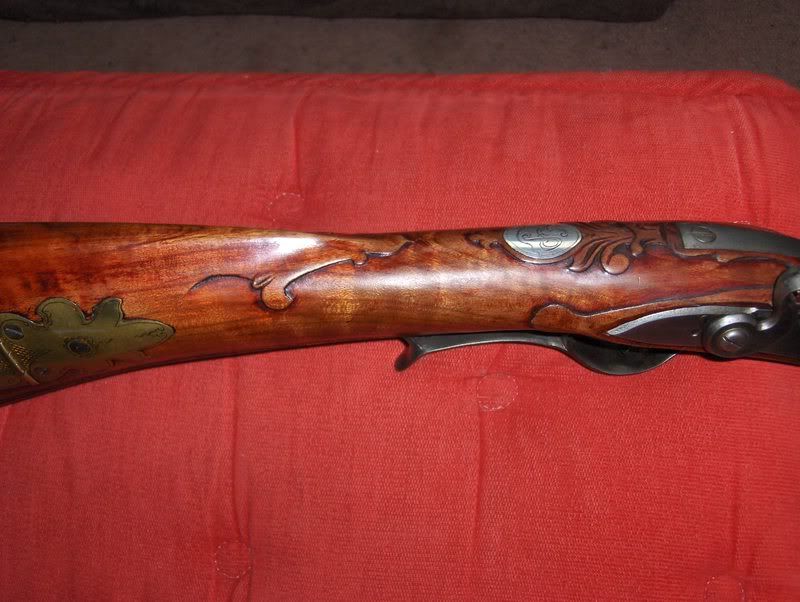
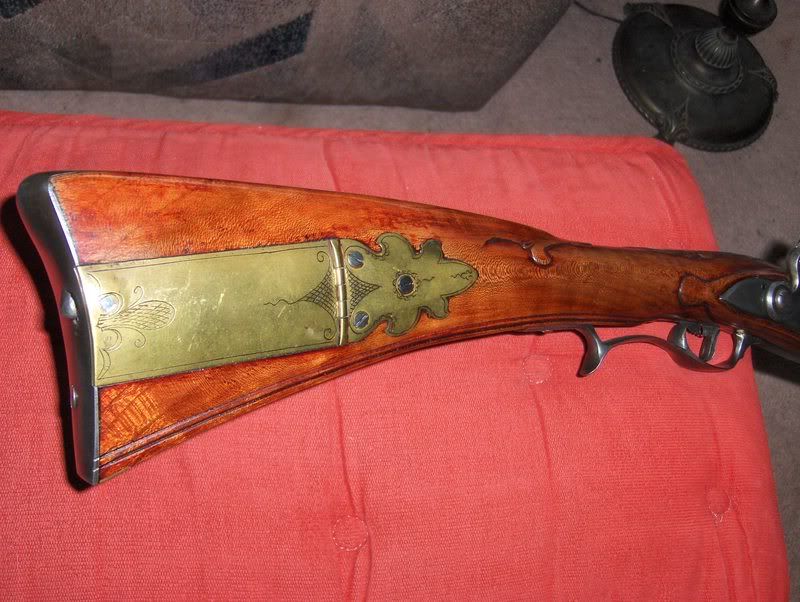
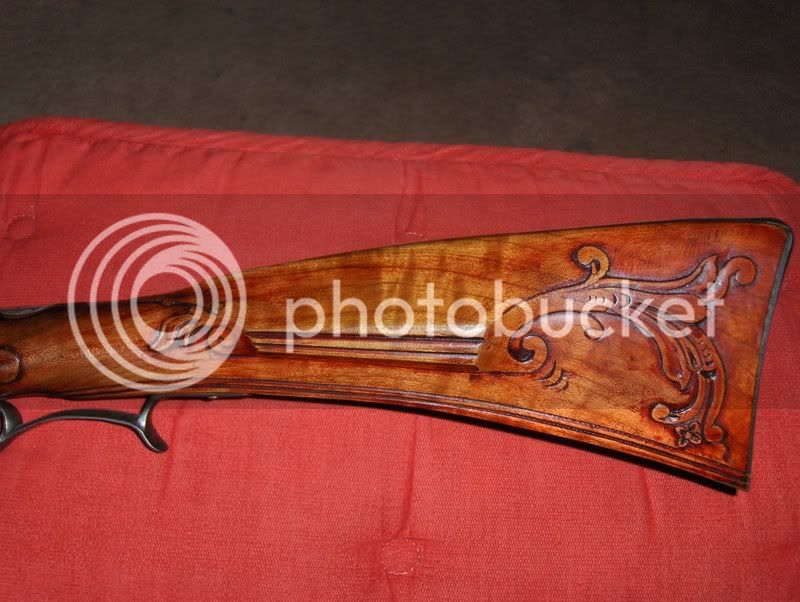
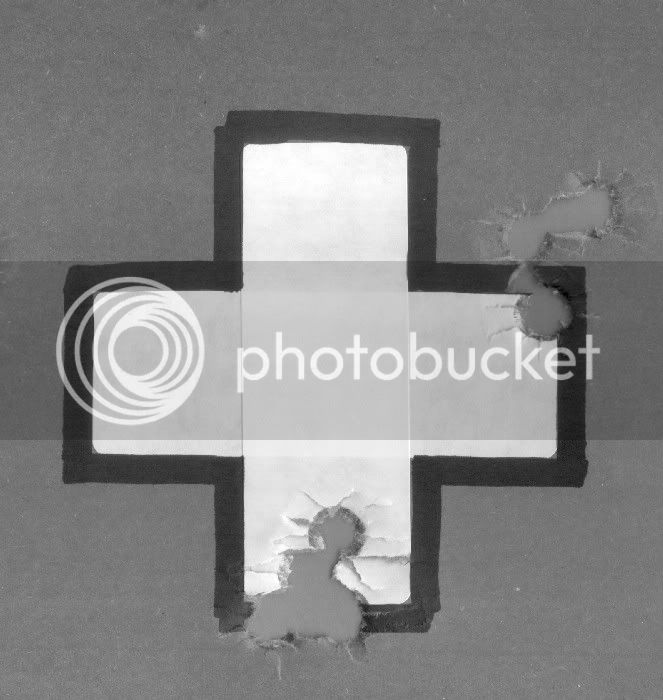
Rich Pierce said:Actually 1800 encompasses the Golddn Age of flintlocks, many of which were highly decorated with carving and inlays. Yes the Southern Mountain Rifle began to emerge and some plain rifles for the west may have been made, but Pennsylvania, Virginia, and North Carolina rifles were usually decorated.
Enter your email address to join: